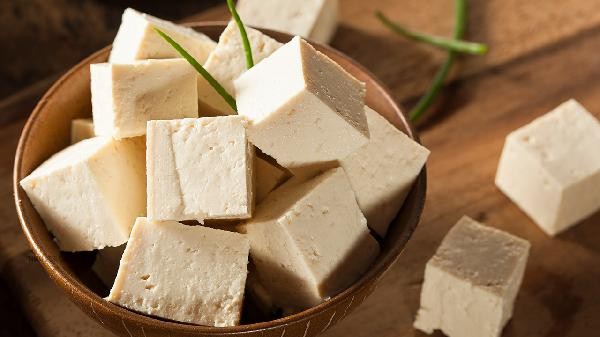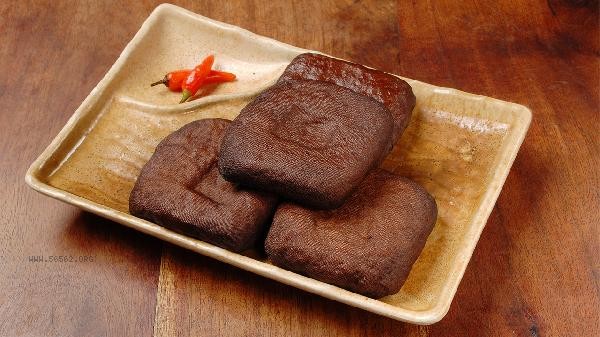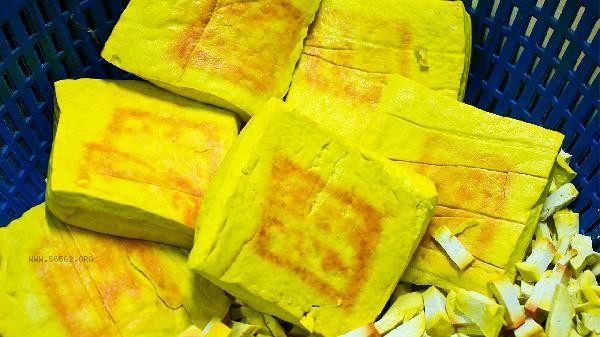There are five main methods for ordering tofu: brine method, gypsum method, lactone method, acid slurry method, and composite coagulant method.

1. Salting method
The salt brine method uses natural seawater concentrate with magnesium chloride as the main component as a coagulant, which is commonly used in traditional processes to make northern tofu. Salt brine can quickly coagulate soy protein to form tofu with a harder texture, resulting in a rich bean aroma and moderate moisture content in the finished product. During operation, dilute the bittern and pour it into soybean milk slowly, and stir it quickly to avoid local excessive solidification. The tofu produced by this method has good elasticity but a slight bitterness, making it suitable for cooking methods such as frying or stewing that require shape preservation.
II. Gypsum Method
The gypsum method uses food grade calcium sulfate as a coagulant and is mainly used in the production of southern tofu. The reaction speed of gypsum and soybean milk is relatively slow, and the tofu formed is delicate and smooth, with a water content higher than that of bittern tofu. During operation, the gypsum powder and a small amount of soybean milk should be mixed into a paste first, and then the remaining soybean milk should be poured. During the solidification process, it needs to stand for a long time. The calcium content of the finished tofu is high, which is suitable for cold dressing or making tofu pudding. However, excessive use may lead to sour tofu.
III. Lactone Method
The lactone method uses gluconic acid lactone as a coagulant and belongs to modern technology. Lactone slowly releases hydrogen ions at low temperatures to solidify proteins, making it suitable for making boxed tender tofu. During operation, lactone powder shall be mixed with cooled soybean milk and then heated for shaping. The finished product shall have uniform tissue and good water retention. This method does not require squeezing or dehydration. Tofu has a smooth and tender texture but a light bean aroma, and is commonly used to make desserts or hot pot ingredients.

4. Sour Paste Method
The sour paste method uses the organic acids produced by the fermentation of the yellow paste water left over from the previous tofu production as coagulants, which belongs to the traditional process. Lactic acid and acetic acid in sourdough can gently coagulate proteins, forming tofu with a special flavor. During operation, it is necessary to control the amount and temperature of the acid slurry added. The finished product has a texture between northern and southern tofu, with a slightly sour aroma. This method is environmentally friendly but has poor process stability, making it suitable for small-scale handmade production.
Fifth, Composite Coagulant Method
The composite coagulant method achieves synergistic effects by mixing two or more coagulants such as brine and gypsum, which can improve the defects of a single coagulant. Common combinations include mixing brine and gypsum in proportion, which can accelerate the solidification speed and improve the water retention of tofu. During operation, it is necessary to accurately grasp the ratio and addition sequence, so that the finished product has both elasticity and tenderness. This method is suitable for industrial production and can adjust the texture characteristics of tofu according to different needs. When choosing the method of ordering tofu, one should consider the taste requirements and production conditions. The traditional brine method is suitable for home production that pursues a strong bean aroma, while the gypsum method is more in line with the preference for delicate taste. The lactone method is easy to operate and suitable for beginners, while the sourdough method can experience traditional flavors. Regardless of the method used, it is recommended to choose fresh non genetically modified soybeans, control the soaking time within an appropriate range, and pay attention to the temperature not exceeding the specified value when grinding. During the production process, keep the utensils clean, add the coagulant slowly and evenly, and adjust the pressing time and intensity according to the type of tofu after shaping. Tofu made by different solidification methods has different nutritional components, which can be consumed alternately to obtain a more comprehensive nutritional intake.









Comments (0)
Leave a Comment
No comments yet
Be the first to share your thoughts!